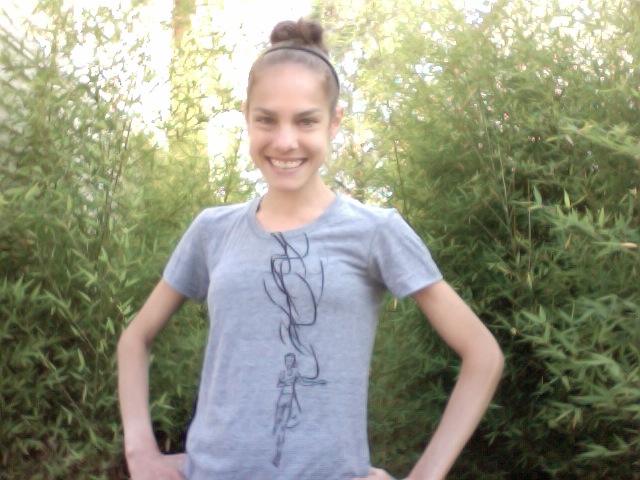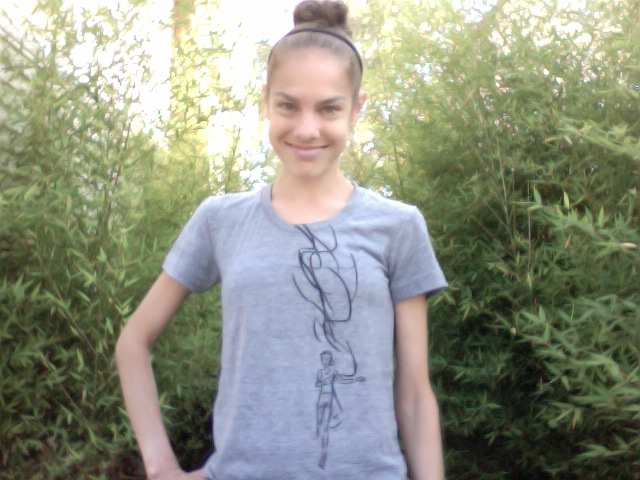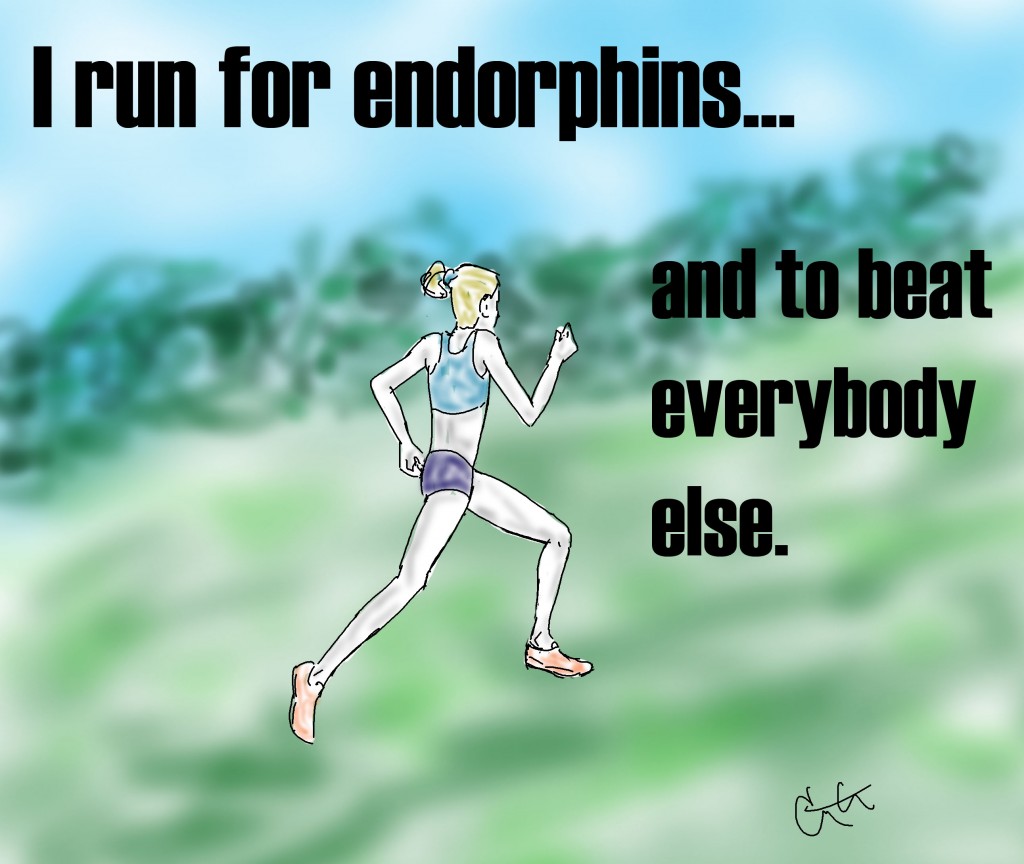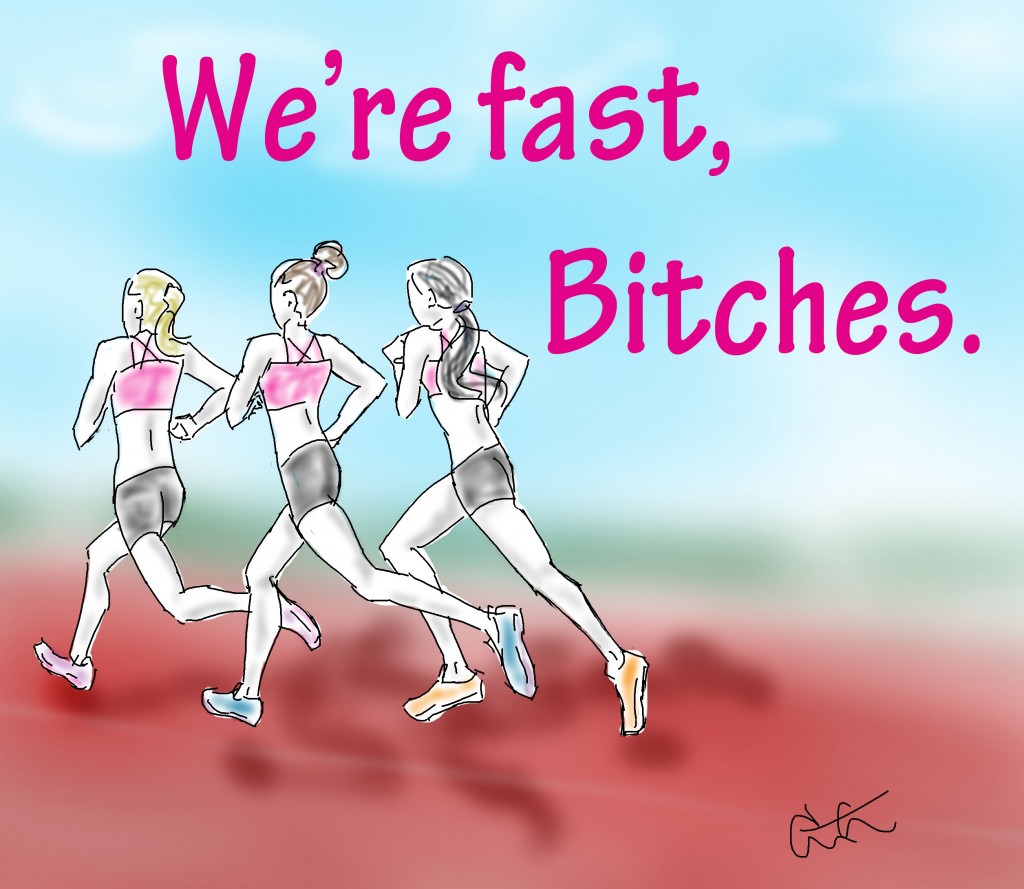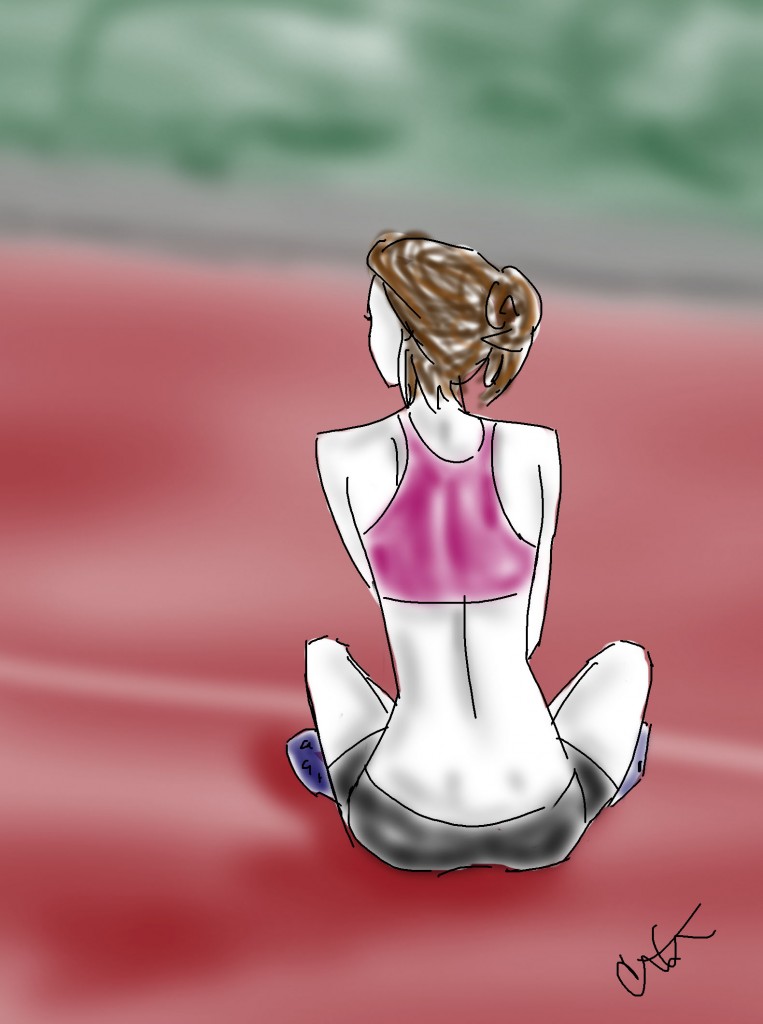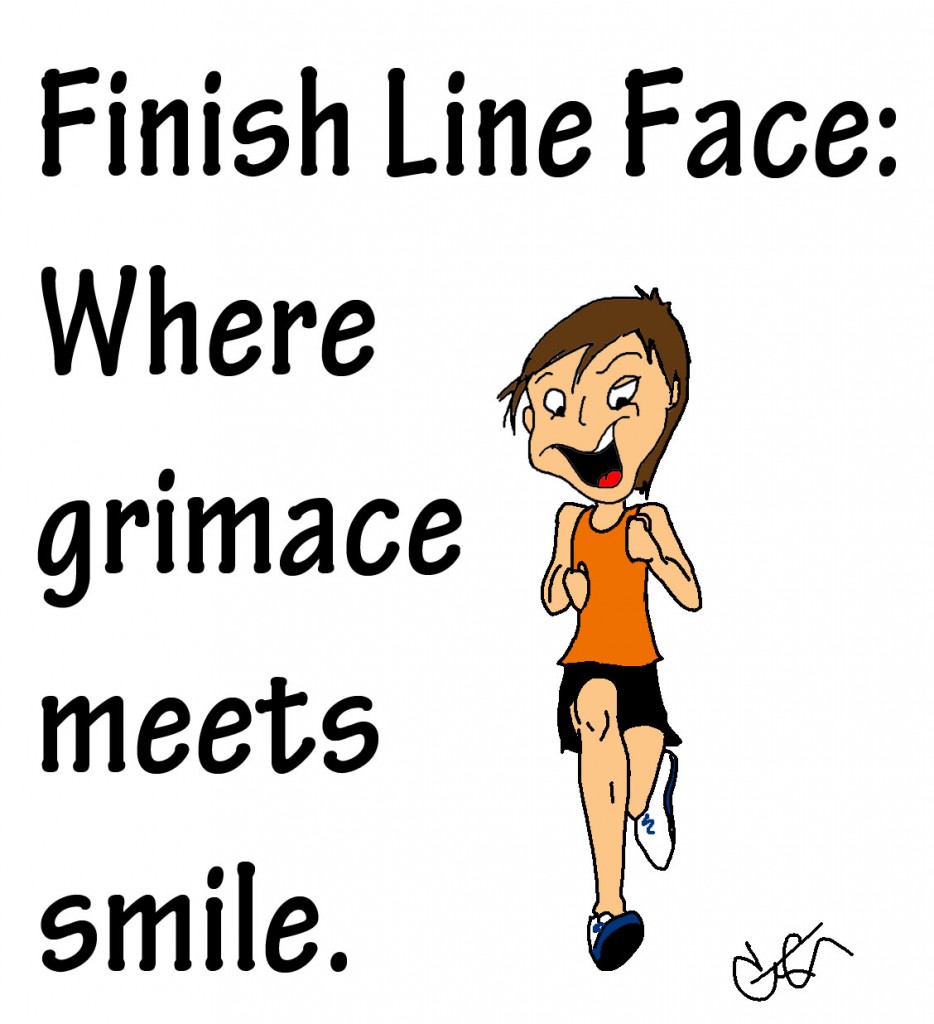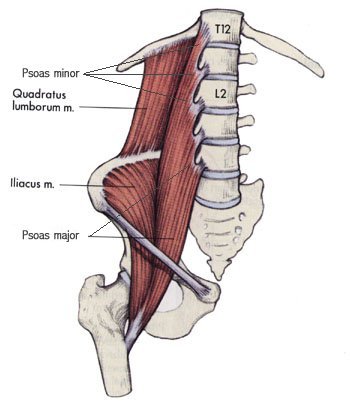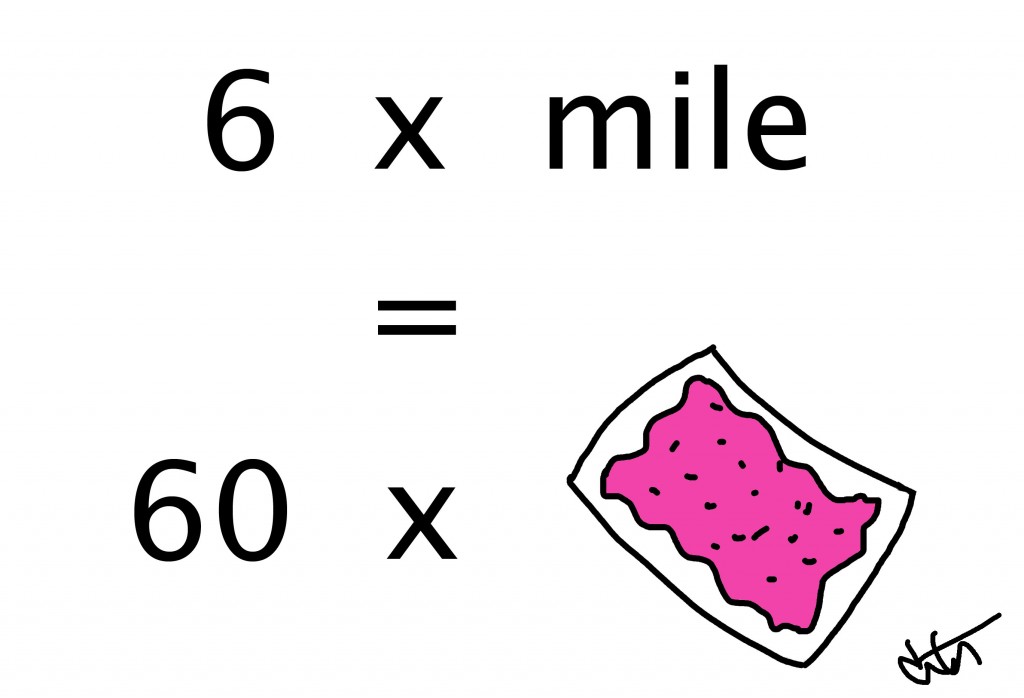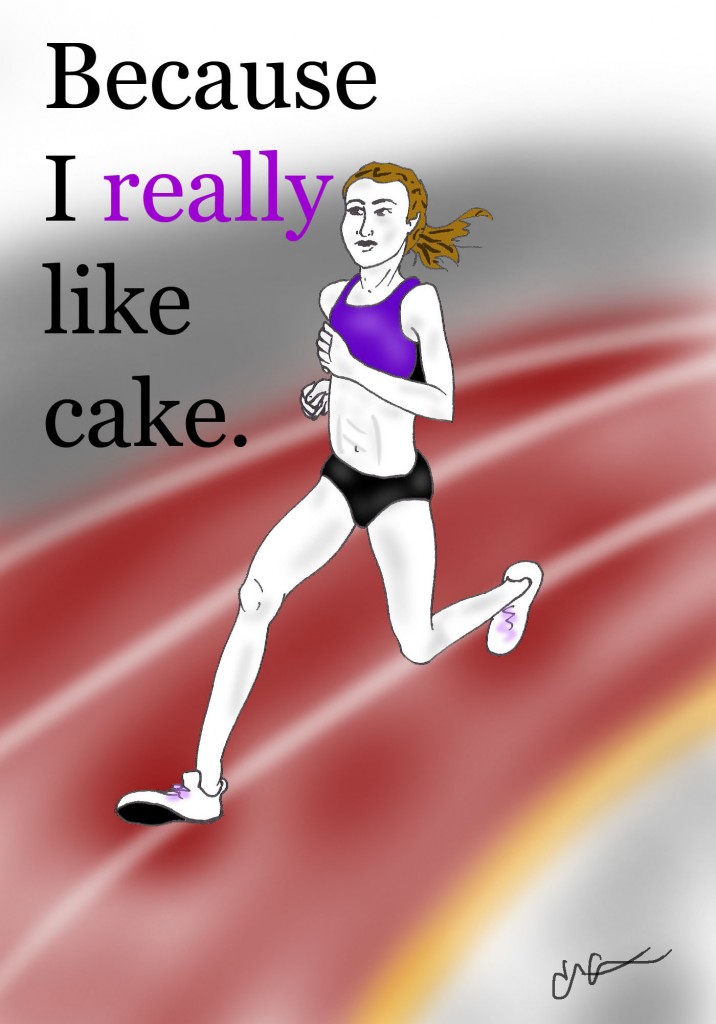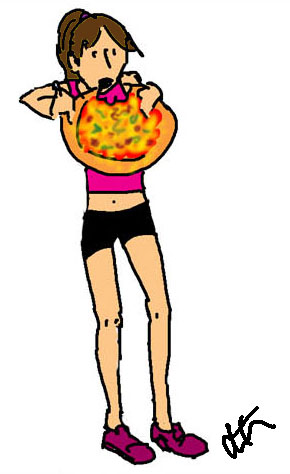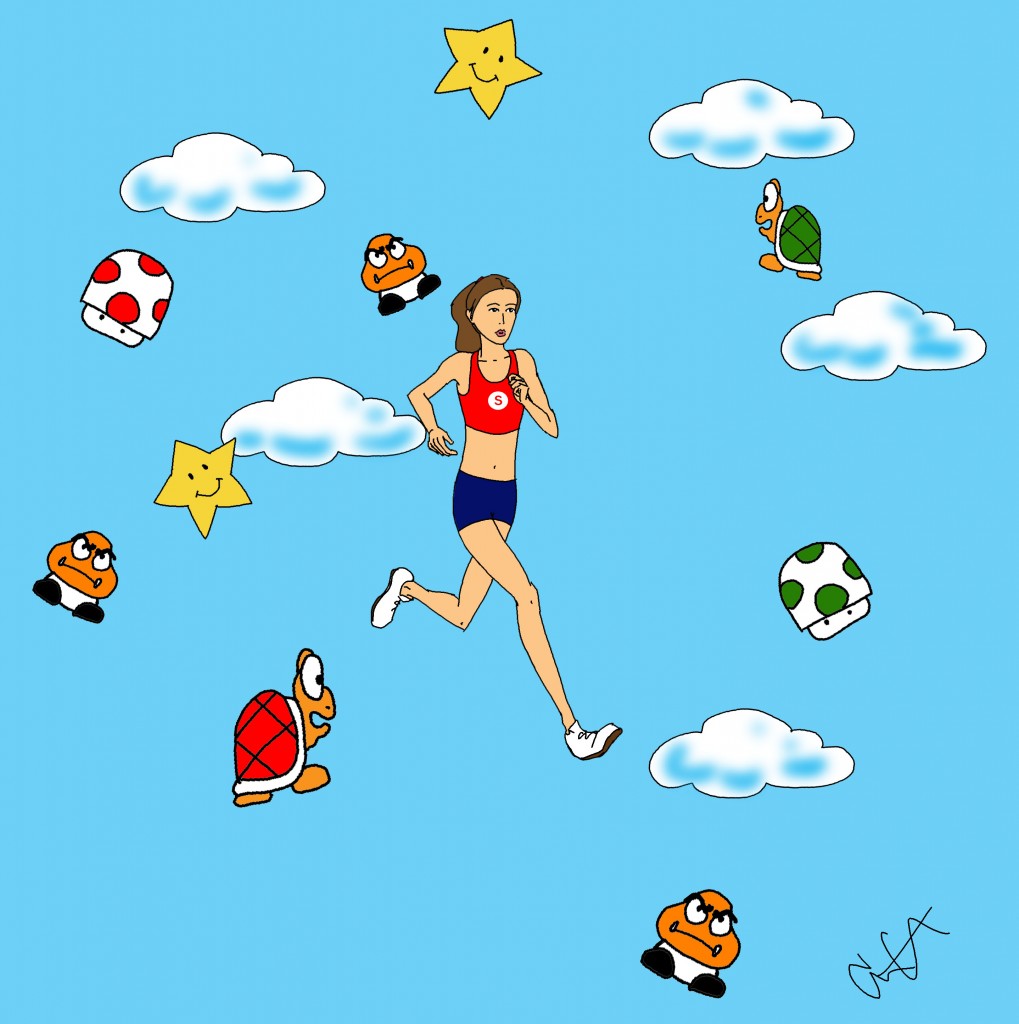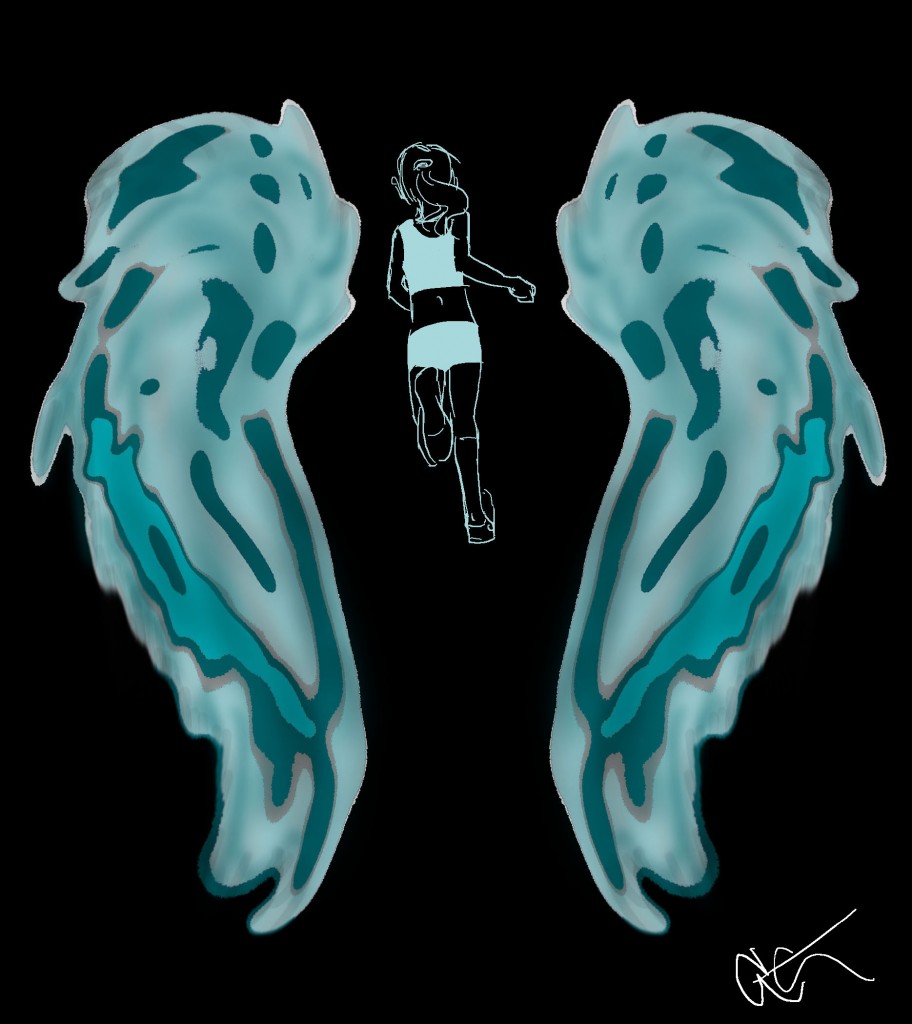The line of treadmills at the gym is like a runner’s minefield. Sometimes you enter, innocently minding your own business, start up the belt happily going about your scheduled run and BAM!!! TREADMILL WAR!!
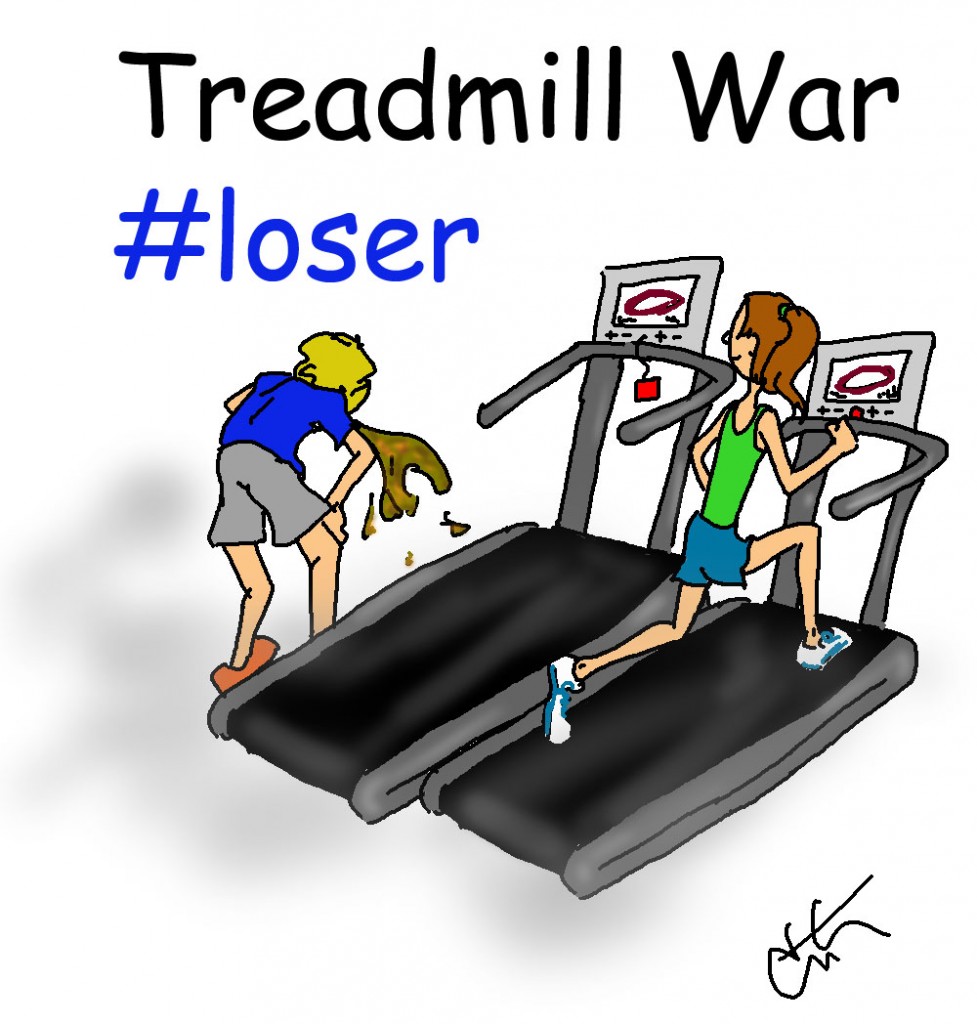
You unassumingly are turned into the opposing party when Jon or Janette Ego Doe on the next treadmill over have decided to make it their mission to beat you.
Signs that you’ve been turned into General Fartlek:
* Tell tale beeps from the next treadmill over
* Increased huffing and puffing resonating from next treadmill
* Peeking Tom/Tammy looking over your shoulder (why do these people think they can try and casually disguise their obvious leering?)
Sometimes it’s fun to mess with them, we’re all human. Go on the offensive with these power moves:
* Pace zagger: We don’t zig because we only go one way, and that is UP
* Nose breather: Admit it, you know you start making your breathing even quieter on purpose
* Smile: Kill them with kindness and flash them an ‘I know what you’re doing’ smile
And the Reward:
* Winning, right?
—-
Speaking of wars…the September Miles Madness Competition is headed into its final countdown! This Week 4 will include all the days that take us to the end of September, so make your final totals and update the Google doc…we want to WIN!! 🙂
—-
Blatant Pimping My New Shirts: Check my awesome store, peeps! 😉
1) Do you have a funny treadmill war story?
Actually I DO but the best one doesn’t involve me; so let’s just say the above cartoon is based off of real life events.
2) Have you ever instigaetd a treadmill war? Fess up!
3) What’s your Saturday run on plan??



